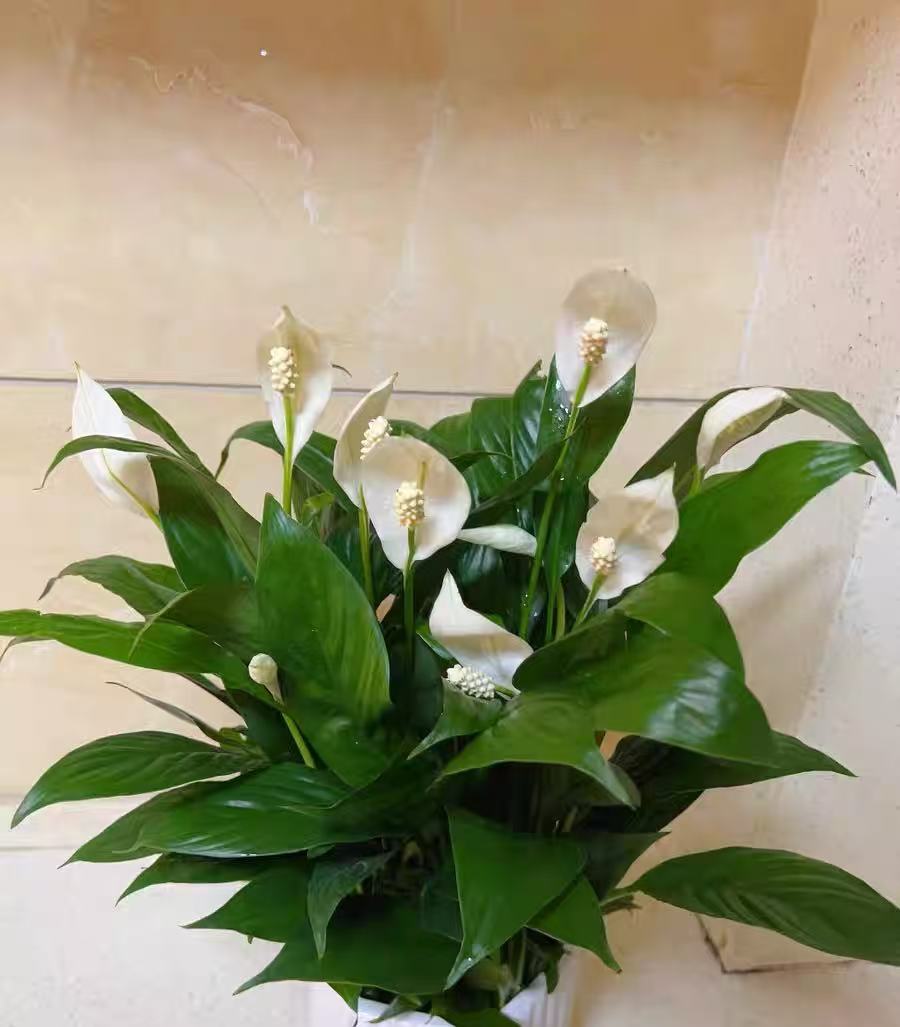Phalaenopsis orchids are deeply favored by flower enthusiasts for their elegant postures and gorgeous flowers. However, improper cultivation and maintenance often lead to the rotting of their roots, which in turn affects the growth of the entire plant. When faced with the problem of rotted roots in Phalaenopsis orchids, hydroponic cultivation is undoubtedly an effective way to save them. So, how should we carry out hydroponic cultivation of Phalaenopsis orchids after their roots rot? And how often should we change the water during the hydroponic cultivation process?
Methods of Hydroponically Cultivating Phalaenopsis Orchids after Their Roots Rot:
Select Healthy Phalaenopsis Orchid Seedlings: Although the roots of Phalaenopsis orchids have rotted, it is still crucial to select a Phalaenopsis orchid seedling with relatively good overall condition. Ensure that the leaves of the plant are free from diseases, so that during the hydroponic cultivation process, the leaves can carry out normal photosynthesis and provide nutrients for the plant.
Prepare a Transparent Container: Select a transparent glass bottle or plastic bottle as the hydroponic container. A transparent container makes it easy to observe the growth of the roots of Phalaenopsis orchids, so as to adjust the cultivation and maintenance strategy in a timely manner.
Cleaning and Disinfection: Take out the Phalaenopsis orchid from the original potting soil, and rinse the soil and residues on the roots thoroughly with clean water. Then, use scissors to trim off all the rotted roots, ensuring that the cut wounds are smooth. Next, disinfect the wounds with charcoal powder or diluted fungicide to prevent bacterial infection. After disinfection, place the Phalaenopsis orchid in a cool and ventilated place to dry, allowing the wounds to heal fully.
Fix the Plant and Add Water: Insert the dried Phalaenopsis orchid into the prepared transparent container, and use tools such as pebbles, iron wires, or planting baskets to fix the plant to prevent it from toppling over. When adding water, pay attention to controlling the water level so that the water level just does not touch the roots of the Phalaenopsis orchid. In this way, the roots of the Phalaenopsis orchid can induce new roots in a humid environment, while avoiding the problem of root rot caused by excessive water.
Light and Temperature Management: Place the hydroponically cultivated Phalaenopsis orchid in an environment with sufficient scattered light, and avoid direct sunlight. At the same time, maintain the ambient temperature between 20-30°C, which is the optimal temperature range for the growth of Phalaenopsis orchids.
Frequency of Changing Water for Hydroponically Cultivated Phalaenopsis Orchids:
Changing Water in the Initial Stage: In the initial stage of hydroponic cultivation, since the roots of Phalaenopsis orchids have not fully adapted to the water environment, it is necessary to change the water frequently to prevent the deterioration of water quality. It is recommended to change the water every 2-3 days and observe the change of water quality. If the water becomes turbid or has an odor, replace it with fresh water immediately.
Changing Water in the Later Stage: As the roots of Phalaenopsis orchids gradually adapt and grow, the frequency of changing water can be gradually reduced. In the later stage of hydroponic cultivation, the water can be changed once a week, or the frequency of changing water can be adjusted flexibly according to the water quality. When changing the water, use the water that has been left exposed to the air for a while, and avoid using chlorinated tap water, which may cause damage to the Phalaenopsis orchid.
Precautions:
During the process of changing water, pay attention to checking the growth of the roots of the Phalaenopsis orchid, trim off the rotted roots in a timely manner, and adjust the water level.
Diluted nutrient solution can be added twice a month to provide necessary nutrient support for the Phalaenopsis orchid. However, when the temperature is low in winter, the nutrient solution can be stopped to avoid burdening the Phalaenopsis orchid.
Keep the hydroponic container clean to prevent the breeding of bacteria and the infection of the Phalaenopsis orchid.
Through the above methods, we can effectively save Phalaenopsis orchids with rotted roots and help them regain vitality in the hydroponic environment. As long as we take good care of them, they will bloom beautifully again.
How to Hydroponically Cultivate Phalaenopsis Orchids after Their Roots Rot?

Share with
Tagged in :



Leave a Reply